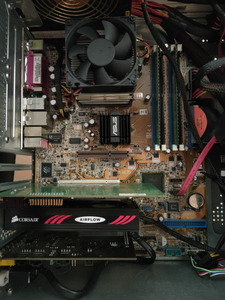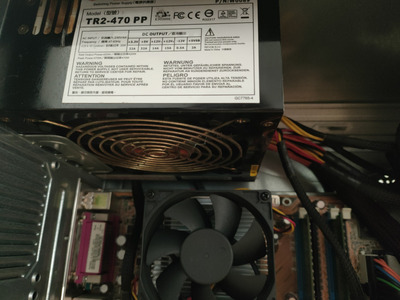386SX wrote on 2021-09-18, 11:59:
I don't know if voltage ripples can damage over the years the components but at least shouldn't we expect to at least work enough good inside the warranty period?
You only know the qualities of a PSU if you put it on the test bench and meter it in various load configurations, measuring the output on voltmeter and oscilloscope.
The damage mechanism of ripple coming from the PSU is this:
The caps on the mobo/cards/peripherals are only intended to even out the ripple caused by load spikes.
This causes only minor currents, limited to very short times with long recovery times inbetween.
They are not designed to even out ripple coming from the PSU.
For this reason the ATX spec defines a maximum of 50mV PSU ripple (1%) on 5V, and 120mV on 12V.
Excessive PSU ripple causes the capacitors on boards/devices to buffer the PSU ripple also.
The consequence of this is that they are permanently loaded with continuous high currents they are not intended/designed for.
In turn they deteriorate, get hot, life expectancy is massively reduced, and early failure (bloating, leaking, explosions,...) is common.
And now think a step further:
Why do you, for example, see series of tantalum explosions on some particular boards, while the majority of the same type just behaves well and inconspiciously?
My personal guess is that very often the blame for symptomatic damage done by bad power supplies is being put onto their innocent victims.

